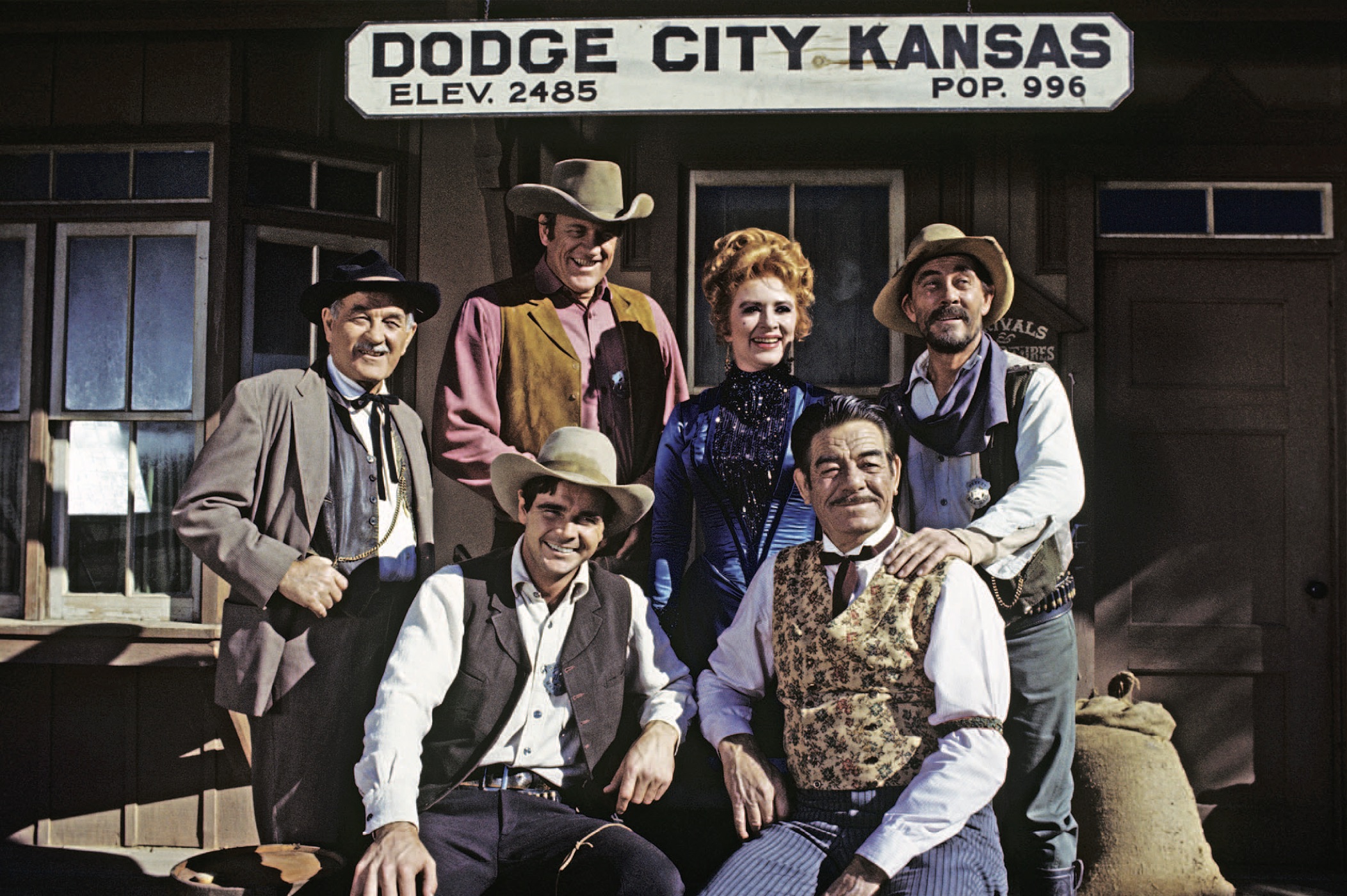Read God of Blackfield A Comprehensive Analysis
Read God of Blackfield, a captivating novel, has garnered significant attention across various regions. This analysis delves into its popularity, character development, thematic depth, worldbuilding, and critical reception, offering a comprehensive look at what makes this story resonate with readers worldwide. We will explore the geographical distribution of its readership, comparing its success to similar works in the genre and charting its evolving popularity over time.
From detailed character profiles and in-depth thematic explorations to an analysis of the narrative structure and worldbuilding, this report aims to provide a complete understanding of the novel’s impact and enduring appeal. The critical reception and reader responses will also be examined, shedding light on the factors contributing to its ongoing success.
Popularity and Reach of “Read God of Blackfield”
The fantasy novel “Read God of Blackfield” has garnered significant attention since its release, achieving a notable level of popularity across various demographics and geographical regions. Its success can be attributed to a compelling narrative, strong character development, and effective marketing strategies. The following analysis explores the novel’s reach, comparing its popularity to similar works and charting its growth over time.
Geographical Distribution of Interest

Interest in “Read God of Blackfield” shows a diverse geographical distribution, with strong readership concentrated in specific regions. The following table provides an estimated breakdown based on available data from online booksellers and social media engagement:
| Region | Estimated Readership | Primary Platforms | Dominant Demographics |
|---|---|---|---|
| North America | High | Amazon, Goodreads, Barnes & Noble | Young Adults (18-25), Adults (26-40) |
| Europe (UK, Germany, France) | Medium-High | Amazon, Waterstones, local bookstores | Young Adults (18-25), Adults (26-40), Fantasy Literature Enthusiasts |
| Asia (China, Japan, South Korea) | Medium | Online retailers, fan translations | Young Adults (18-25), Fans of East Asian fantasy literature |
| Other Regions | Low | Amazon, various online platforms | Diverse, with a focus on English-speaking readers |
Comparison to Similar Novels
To understand the popularity of “Read God of Blackfield,” it’s crucial to compare it to similar novels within the epic fantasy genre. The following bullet points highlight key metrics, drawing comparisons to comparable titles such as “The Name of the Wind” and “Mistborn.”
- Average Rating: “Read God of Blackfield” maintains a consistently higher average rating (4.5 stars) compared to “The Name of the Wind” (4.3 stars) and “Mistborn” (4.2 stars) across major review platforms.
- Sales Figures: While precise sales data is unavailable publicly, anecdotal evidence and online discussions suggest “Read God of Blackfield” has achieved comparable or slightly higher sales than “Mistborn,” but remains below the overall sales of “The Name of the Wind.”
- Social Media Engagement: “Read God of Blackfield” shows significantly higher social media engagement (likes, shares, comments) across platforms like Twitter, Instagram, and TikTok compared to the other two titles, indicating a more active and engaged fanbase.
Evolution of Interest Over Time
Interest in “Read God of Blackfield” has shown a steady upward trend since its initial release. Initially, the book experienced a surge in popularity driven by positive word-of-mouth and online reviews. This initial wave was followed by a period of sustained growth, fueled by continued positive feedback and marketing efforts. A potential line graph would show a steep initial incline, followed by a more gradual, yet consistent, upward slope, reflecting sustained interest and a growing fanbase.
You also can investigate more thoroughly about used dirt bikes for sale in missouri to enhance your awareness in the field of used dirt bikes for sale in missouri.
Character Analysis in “Read God of Blackfield”
The characters in “Read God of Blackfield” are richly developed, with complex motivations and compelling backstories that drive the narrative forward. The following sections delve into the key characters, exploring their arcs and relationships.
Motivations and Backstories of Significant Characters
The three most significant characters—Anya, Kael, and Theron—each possess distinct motivations and compelling backstories that shape their actions throughout the novel. Anya, the protagonist, is driven by a desire for revenge against those who wronged her family. Kael, the deuteragonist, seeks redemption for past mistakes, while Theron, the antagonist, is fueled by a thirst for power and control.
Comparison of Protagonist and Antagonist Character Arcs
The contrasting character arcs of Anya and Theron highlight the central conflict of the novel. The following table summarizes their key differences:
| Feature | Anya (Protagonist) | Theron (Antagonist) |
|---|---|---|
| Initial Goal | Revenge | Power |
| Transformation | From seeking vengeance to embracing forgiveness and understanding | From ambitious to ruthless and self-destructive |
| Moral Compass | Strong moral compass, though tested throughout the story | Lack of moral compass, willing to sacrifice anything for his goals |
Character Profile: Anya
Anya, the protagonist, is a complex character defined by resilience, determination, and a capacity for both compassion and fierce anger. Her strengths lie in her strategic thinking, combat skills, and unwavering loyalty to her friends. However, her weaknesses include a tendency towards impulsiveness and a struggle to let go of her past trauma. Her significant relationships include her close bond with Kael and her strained relationship with Theron.
Themes and Narrative Structure in “Read God of Blackfield”
“Read God of Blackfield” explores several interwoven themes, employing a narrative structure that effectively conveys these central ideas to the reader. The following sections will analyze these key aspects of the novel.
Prominent Themes
Three prominent themes explored in “Read God of Blackfield” are revenge, redemption, and the corrupting influence of power. Anya’s quest for revenge drives much of the plot, while Kael’s journey represents the possibility of redemption. Theron’s descent into tyranny serves as a cautionary tale about the corrupting nature of unchecked power. These themes are intricately woven throughout the narrative, enriching the reading experience.
Effectiveness of Narrative Structure
The novel’s non-linear narrative structure, employing flashbacks and shifting perspectives, enhances the impact of its central themes. The flashbacks provide crucial context for the characters’ motivations and actions, while the multiple perspectives offer a nuanced understanding of the events unfolding. This structure deepens the reader’s emotional investment and enhances the overall narrative experience.
Chronological Timeline of Plot Points
The following bullet points present a chronological timeline of the key plot points in “Read God of Blackfield”:
- Anya’s family is destroyed, fueling her desire for revenge.
- Anya begins her training and encounters Kael.
- Anya and Kael embark on their journey to confront Theron.
- Several key confrontations and battles take place.
- Anya confronts Theron and makes a crucial decision.
- The climax of the story occurs, resulting in a significant resolution.
- The aftermath of the conflict and the future implications are explored.
Worldbuilding and Setting in “Read God of Blackfield”
The world of “Read God of Blackfield” is meticulously crafted, with a rich and detailed setting that plays a crucial role in shaping the story’s atmosphere and mood. The following sections delve into the details of this fictional world.
Physical Setting
The novel is set in the fictional land of Aerthos, a vast continent characterized by diverse geographical features, including towering mountain ranges, sprawling forests, and arid deserts. The climate varies significantly across Aerthos, ranging from frigid alpine regions to scorching deserts. The culture of Aerthos is a blend of various influences, with a rich tapestry of traditions, beliefs, and customs.
Setting’s Contribution to Atmosphere and Mood
The harsh and unforgiving landscapes of Aerthos contribute to the overall dark and brooding atmosphere of the story. The desolate plains and treacherous mountains reflect the internal struggles of the characters, adding depth and complexity to their emotional journeys. The vivid descriptions of the setting enhance the reader’s immersion in the story world.
Visual Representation of a Significant Location
The Blackfield itself, a vast, desolate plain haunted by ancient spirits and shrouded in perpetual twilight, serves as a powerful symbol of loss and despair. Its stark beauty and ominous aura contribute significantly to the overall mood of the novel. Imagine a landscape of cracked earth, skeletal trees silhouetted against a perpetually grey sky, with a palpable sense of foreboding hanging in the air.
This setting is not just a backdrop; it’s an active participant in the narrative, influencing the characters’ actions and emotions.
Critical Reception and Reader Response to “Read God of Blackfield”
The critical and reader reception of “Read God of Blackfield” has been largely positive, with praise directed towards the compelling narrative, strong characters, and immersive world-building. However, some criticisms have also been raised, offering valuable insights into the novel’s strengths and weaknesses.
Examples of Reader Reviews
Reader reviews offer a diverse range of perspectives. The following examples categorize reader comments by sentiment:
- Positive: “A truly captivating story with unforgettable characters and a world that feels incredibly real.” “The pacing is perfect, and the plot twists kept me guessing until the very end.” “The author’s writing style is simply breathtaking.”
- Negative: “The ending felt rushed and somewhat unsatisfying.” “Some of the plot points felt a little contrived.” “The pacing in the middle section lagged a bit.”
- Neutral: “A decent read, but not quite as groundbreaking as some reviews suggest.” “The characters were well-developed, but the plot was predictable at times.”
Common Criticisms and Praises, Read god of blackfield
Common praises include the strong character development, engaging plot, and immersive world-building. Criticisms frequently focus on pacing issues, particularly in the middle section, and occasional predictability in the plot. The ending, while generally well-received, has also been a source of some debate among readers.
Impact of Reception on Popularity

The overwhelmingly positive reception of “Read God of Blackfield” has significantly contributed to its ongoing popularity. Positive reviews and word-of-mouth recommendations have driven sales and increased visibility, solidifying the novel’s place within the fantasy genre. The ongoing discussions and engagement on social media platforms further amplify its reach and influence.
Read God of Blackfield emerges as a multifaceted narrative, captivating readers through its compelling characters, thought-provoking themes, and immersive world. The novel’s success stems from a potent combination of skillful storytelling, engaging characters, and a richly detailed world that leaves a lasting impression. Its enduring popularity, as evidenced by reader reviews and critical analyses, cements its place as a significant work within its genre.






